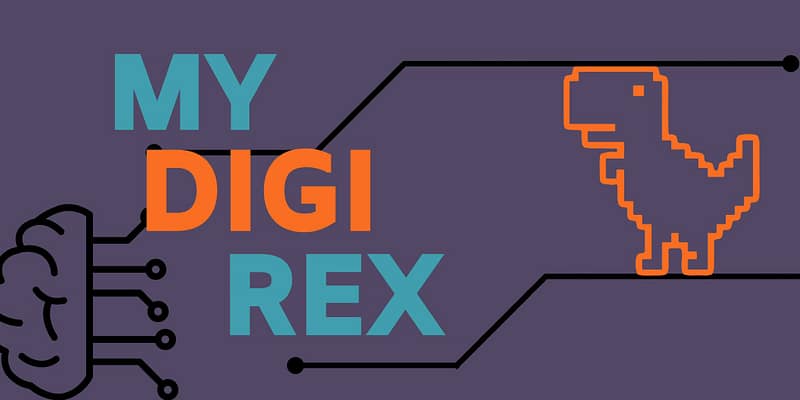In today’s digital age, businesses are increasingly looking to harness the power of technology to drive efficiency, scalability, and innovation. However, making the transition to new technologies requires a seamless translation between business needs and technical requirements (and vice versa). This article explores the essential steps to ensure a successful implementation of new technologies while maintaining alignment with the business needs.
Understanding the Business Goals
Before embarking on a digital transformation journey, it’s crucial to have a clear understanding of the business goals and objectives. Start by asking fundamental questions:
- What are the core business drivers? Understand the “why” behind the business and “what” it needs to do to remain competitive in the market.
- What specific outcomes does the organization aim to achieve? Define key performance indicators (KPIs) that are tied to business goals. When you know what to measure, you will also know whether the digital transformation initiative is on the right track (or not).
- What are the critical business processes? Identify the business-critical processes, and corresponding RACI matrix, that will need to be taken into account into the wholistic picture of the digital transformation initiative.
By aligning the digital transformation strategy with your business objectives, you can prioritize the most critical areas.
Creating a Technical Roadmap
Once the business objectives are defined, it’s time to craft the technical roadmap. This roadmap should outline how the digital technologies and services will enable the achievement of those business goals. Key steps in creating a technical roadmap include:
- Assessing the Current IT Landscape. Identify the business-critical systems, databases, and applications that will need to be taken into account. Understanding your starting point is essential in planning the digital transformation journey.
- Defining the Digital Strategy: Decide a digital transformation strategy to align with your business operations way of working. The digital transformation journey should enhance day-to-day operations, ensuring business continuity at an elevated level, and not disrupt them.
- Implementing Security and Compliance Measures: Security and compliance are paramount when moving to new technologies. Define security policies and compliance standards that new technologies in your applications infrastructure must adhere to. Prevention is king, so keep the business informed about these technology guidelines to be incorporated into digital transformation journey.
Bridging the Gap
The success of digital transformation projects hinges on a successful collaboration between business and technical stakeholders to effectively bridge the gap between both. Here are some strategies to ensure alignment:
- Establish Cross-Functional Teams: Create a team that includes both business and technical experts. This collaborative approach ensures that both sides understand and contribute to the project’s success. When business is looking to transform its operational activities leveraging technology, then comments such as “this is a business topic only” should raise an alert to increase the technical understanding of the business need.
- Regular Communication: Maintain open channels of communication between business and technical teams throughout the transformation process. Hold regular meetings to discuss progress, challenges, and adjustments. Maintain a clear understanding behind the “why” of business requirements.
- Translating Business Requirements to Technical Tasks: Keep it simple when defining technical tasks, no matter the technical development complexity. This will help everyone understand the technical workflows designed to meet the business requirement. Visualize technical workflows in milestone deliverables directly contributing to achieve business goals. This ensures that every technical decision is made with the bigger picture in mind.
- Feedback Loops: Implement feedback loops where the technical team provides insights into what’s feasible and how it aligns with the business’s objectives. This iterative approach can lead to more optimized solutions.
Go agile – fail fast and learn faster!
Digital transformation is a journey that requires a harmonious blend of business and technical acumen. Understanding the business goals, creating a technical roadmap, and maintaining open communication between business and technical teams are key to success. When the two sides are in sync, new technologies can empower business operations to create more value in the digital age. Remember, it’s not just about technology, it’s about transforming your business for a brighter future.




